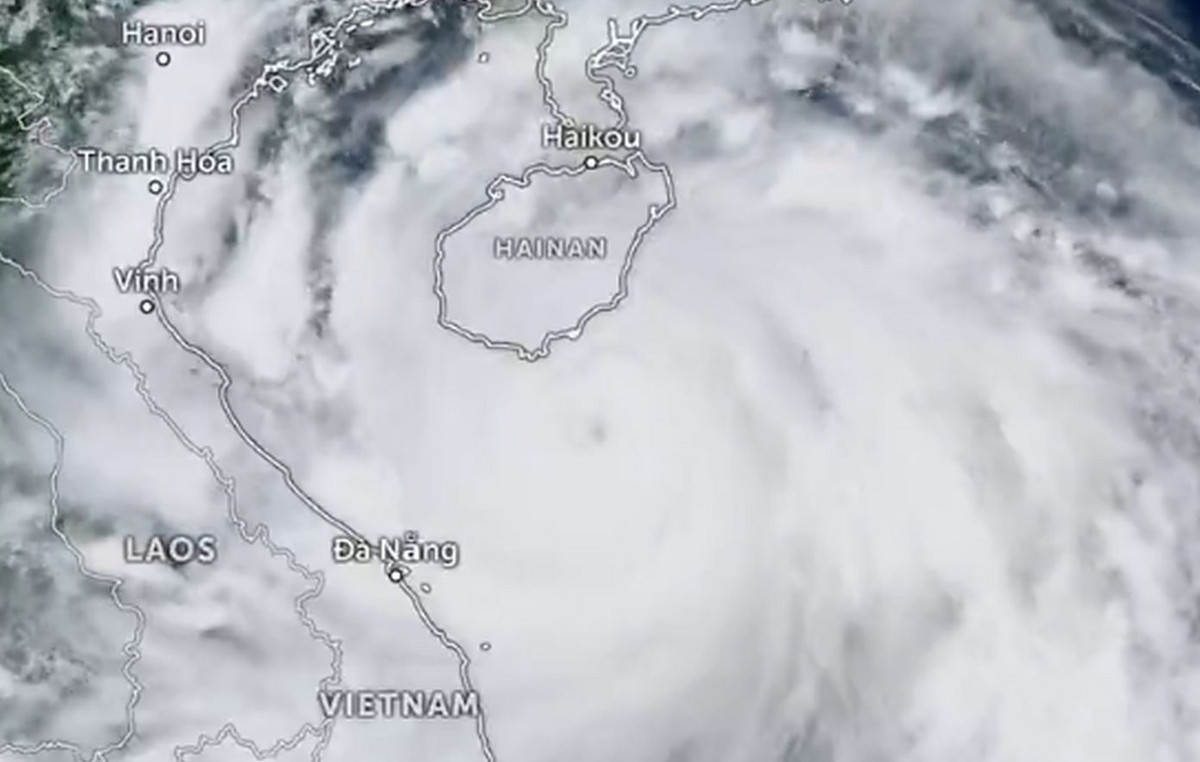- WTI price extended rally to near $76.15 in Asian session on Monday, gaining 0.45% on the day.
- The Fed’s dovish stance and rising geopolitical tensions in the Middle East further boost WTI prices.
- Weaker demand prospects in China could weigh on black gold.
West Texas Intermediate (WTI), the benchmark crude oil in the US, is trading around $76.15 on Monday. The price of WTI is rising on the back of firmer expectations that the Federal Reserve (Fed) will cut interest rates at its next meeting in September.
WTI gains ground after dovish comments from Fed Chair Jerome Powell indicated that the US central bank was preparing to cut interest rates. Fed’s Powell gave a clear signal on Friday at the Jackson Hole symposium that it is time to start lowering the target range for the federal funds rate at the next meeting on September 17-18. Lower interest rates generally support the price of WTI as they reduce the cost of borrowing, which can boost economic activity and oil demand.
Fears that a wider Middle East conflict could disrupt regional oil supplies have pushed up the price of WTI in previous sessions. Reuters reported that Hezbollah launched hundreds of rockets and drones at Israel early on Sunday, while the Israeli military said it carried out a wave of preemptive strikes in southern Lebanon to thwart a large-scale rocket and drone attack by Hezbollah.
On the other hand, a sluggish economy and slowing oil demand in China could drag the black gold lower, as China is the world’s largest oil importer. China’s oil demand rose by 200,000 barrels per day in the first half of 2024 compared with the previous year, which was three times lower than the average increase of 600,000 bpd from 2016 to 2019, said Daan Struyven, head of oil research at Goldman Sachs.
WTI Oil FAQs
WTI crude oil is a type of crude oil sold on international markets. WTI stands for West Texas Intermediate, one of three main types that include Brent and Dubai crude. WTI is also known as “light” and “sweet” for its relatively low gravity and sulfur content, respectively. It is considered a high-quality oil that is easily refined. It is sourced in the United States and distributed through the Cushing hub, considered “the pipeline crossroads of the world.” It is a benchmark for the oil market and the price of WTI is frequently quoted in the media.
Like all assets, supply and demand are the main factors determining the price of WTI crude oil. As such, global growth can be a driver of increased demand and vice versa in the case of weak global growth. Political instability, wars and sanctions can disrupt supply and impact prices. Decisions by OPEC, a group of large oil producing countries, are another key driver of price. The value of the US Dollar influences the price of WTI crude oil, as oil is primarily traded in US Dollars, so a weaker Dollar can make oil more affordable and vice versa.
The weekly oil inventory reports published by the American Petroleum Institute (API) and the Energy Information Agency (EIA) influence the price of WTI oil. Changes in inventories reflect fluctuations in supply and demand. If the data show a decrease in inventories, it may indicate an increase in demand, which would push up the price of oil. An increase in inventories may reflect an increase in supply, which pushes down prices. The API report is published every Tuesday, and the EIA report the following day. Their results are usually similar, with a difference of 1% between them 75% of the time. The EIA data is considered more reliable because it is a government agency.
OPEC (Organization of the Petroleum Exporting Countries) is a group of 13 oil-producing nations that collectively decide on member countries’ production quotas at biennial meetings. Their decisions often influence WTI oil prices. When OPEC decides to reduce quotas, it can restrict supply and drive up oil prices. When OPEC increases production, the opposite effect occurs. OPEC+ is an expanded group that includes ten other non-OPEC countries, most notably Russia.
Source: Fx Street
I am Joshua Winder, a senior-level journalist and editor at World Stock Market. I specialize in covering news related to the stock market and economic trends. With more than 8 years of experience in this field, I have become an expert in financial reporting.







